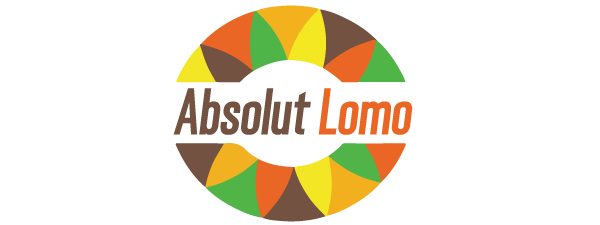From ancient civilizations to modern societies, the dynamics of borrowing from money lenders have evolved, reflecting shifts in economic systems, social norms, and regulatory frameworks. In antiquity, money lending existed in various forms across cultures. In ancient Mesopotamia, temples facilitated loans to farmers to support agricultural endeavors. Similarly, in ancient Greece, money lending was intertwined with religious practices, as temples provided loans to traders and merchants. However, these early lending practices often carried high interest rates and occasionally led to debt enslavement. The Roman Empire marked a significant turning point in money lending, with the introduction of laws to regulate interest rates and protect borrowers from exploitative practices. Despite these regulations, money lending remained a complex issue, with debates about usury and fair lending practices persisting through the ages. During the middle Ages, the role of money lenders took on a different dimension. In a predominantly agrarian society, borrowing was often tied to agricultural cycles, with landowners lending to serfs to fund their farms.

With the emergence of banking in the Renaissance, lending became more institutionalized. Jewish and Lombardic money lenders, often marginalized due to their religious affiliations, played a notable role in Europe’s lending landscape. The establishment of pawnshops provided another avenue for borrowing, allowing individuals to secure loans with personal belongings as collateral. The advent of colonialism and the industrial revolution led to new patterns of borrowing. Exploitative lending practices were often used as a tool of oppression by colonial powers, further deepening moneylender economic inequalities. As societies shifted towards capitalism, financial institutions began to formalize lending, giving rise to the modern banking system. Governments started to play a role in regulating lending practices to prevent abuse and protect consumers. Governments and financial regulatory bodies intervened to standardize lending practices, ensure transparency, and prevent predatory lending.
The digital age ushered in a new era of money lending, with online platforms offering innovative ways to access credit. Peer-to-peer lending and crowdfunding introduced novel borrowing channels, reshaping the financial landscape. However, these platforms also brought new challenges, such as cybersecurity risks and the need for updated regulations to address the changing dynamics of lending. Throughout history, money lending has evolved from its rudimentary origins into a complex and multifaceted practice. It has been both a lifeline for those seeking financial assistance and a potential source of exploitation. The historical perspective on borrowing practices underscores the importance of balancing accessibility to credit with responsible lending, promoting transparency, and safeguarding borrowers from unfair terms. In conclusion, the historical evolution of money lending reflects broader societal shifts and economic changes. From the temples of ancient civilizations to the digital platforms of today, borrowing practices have been shaped by cultural norms, economic systems, and regulatory efforts. Understanding this evolution provides valuable insights as societies continue to navigate the intricate relationship between borrowers and lenders.
